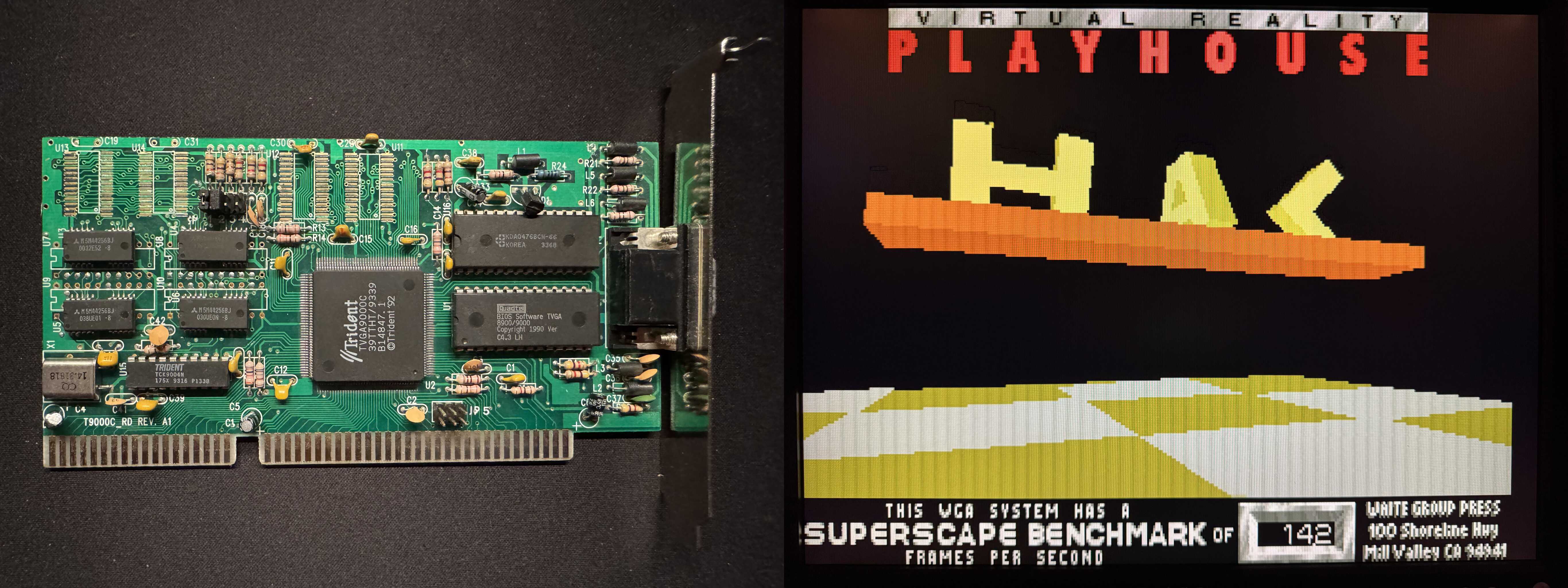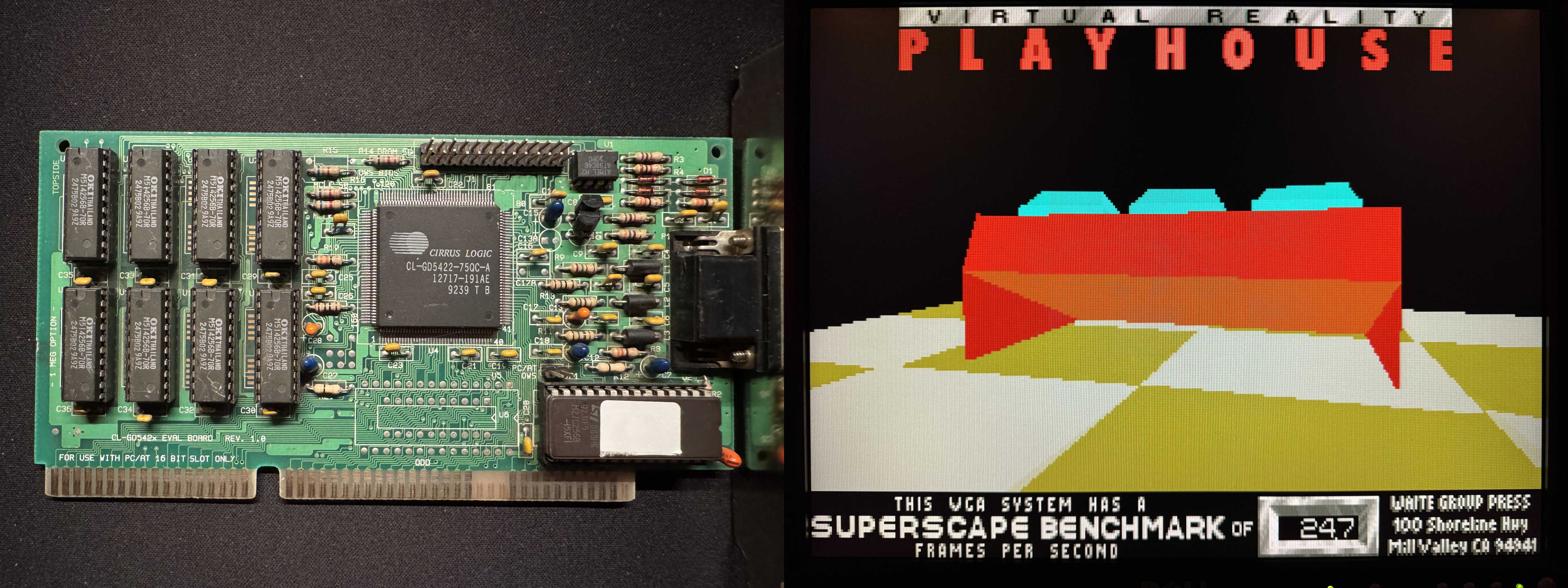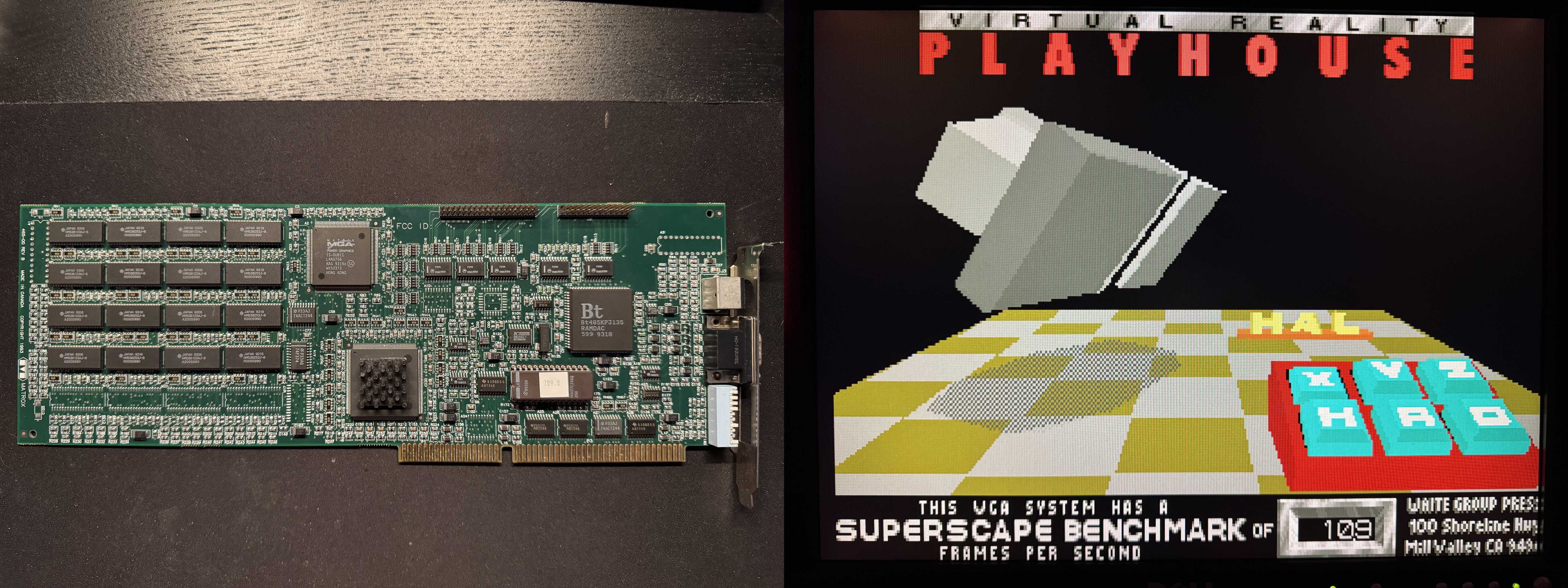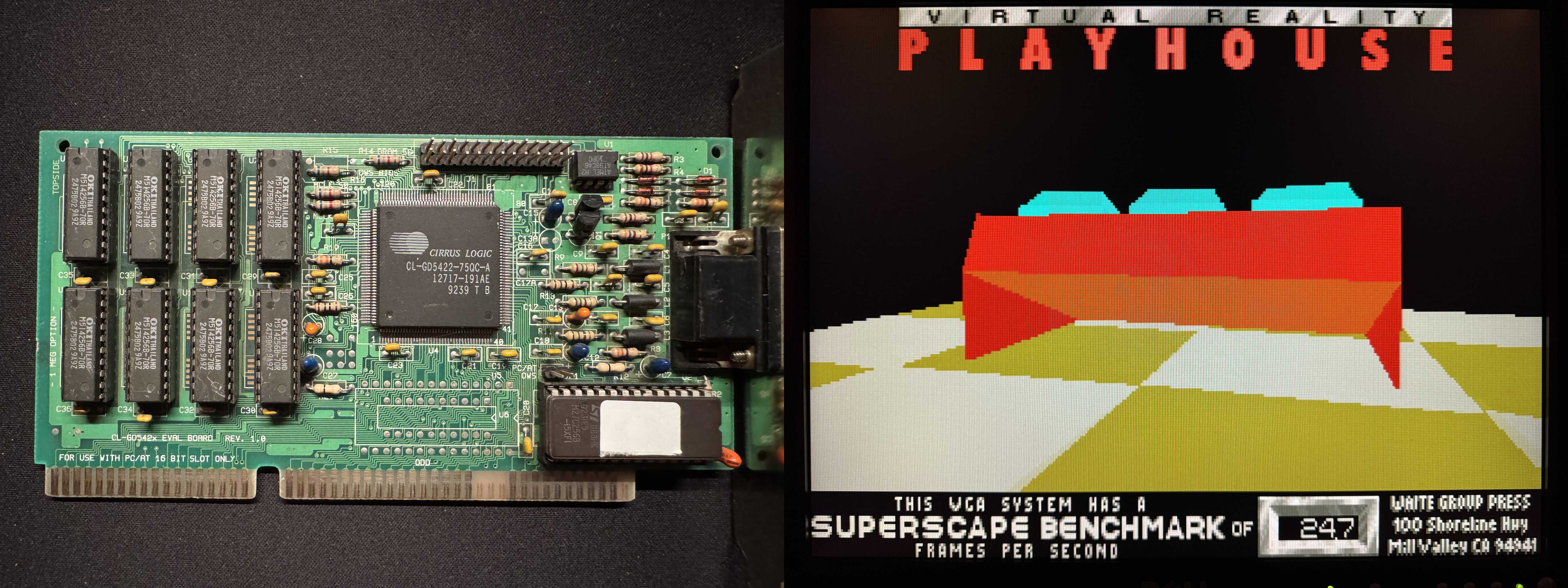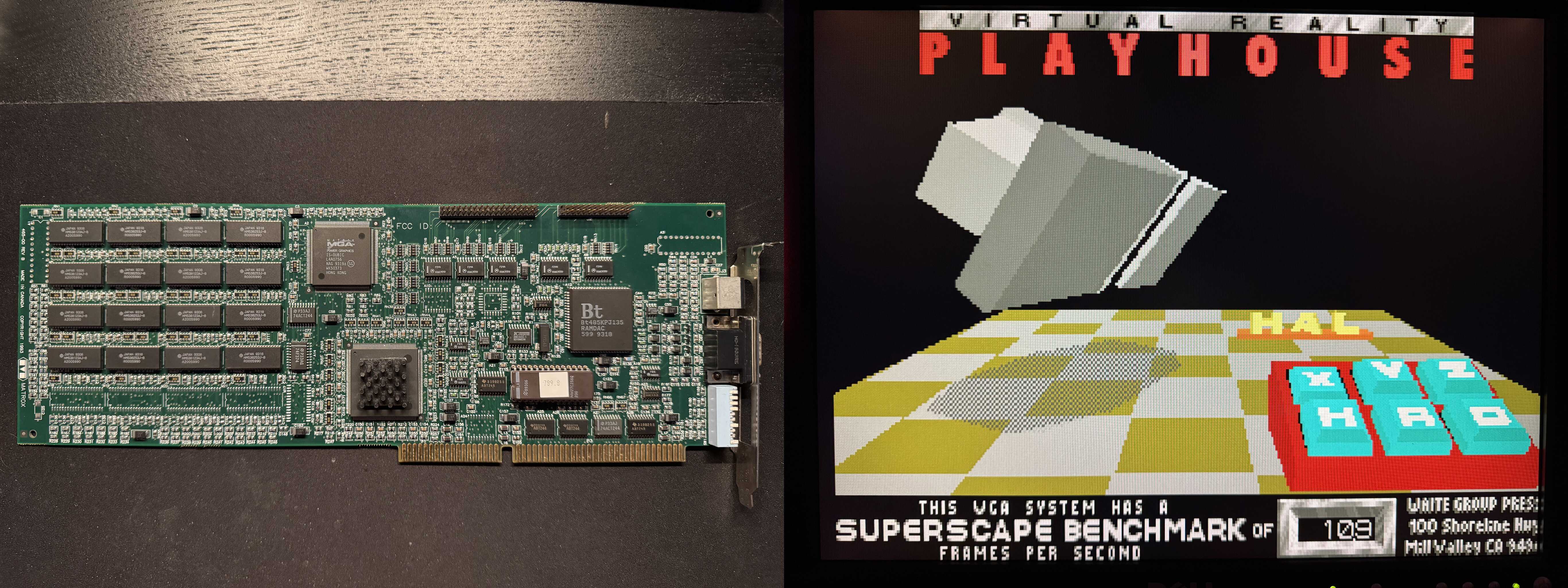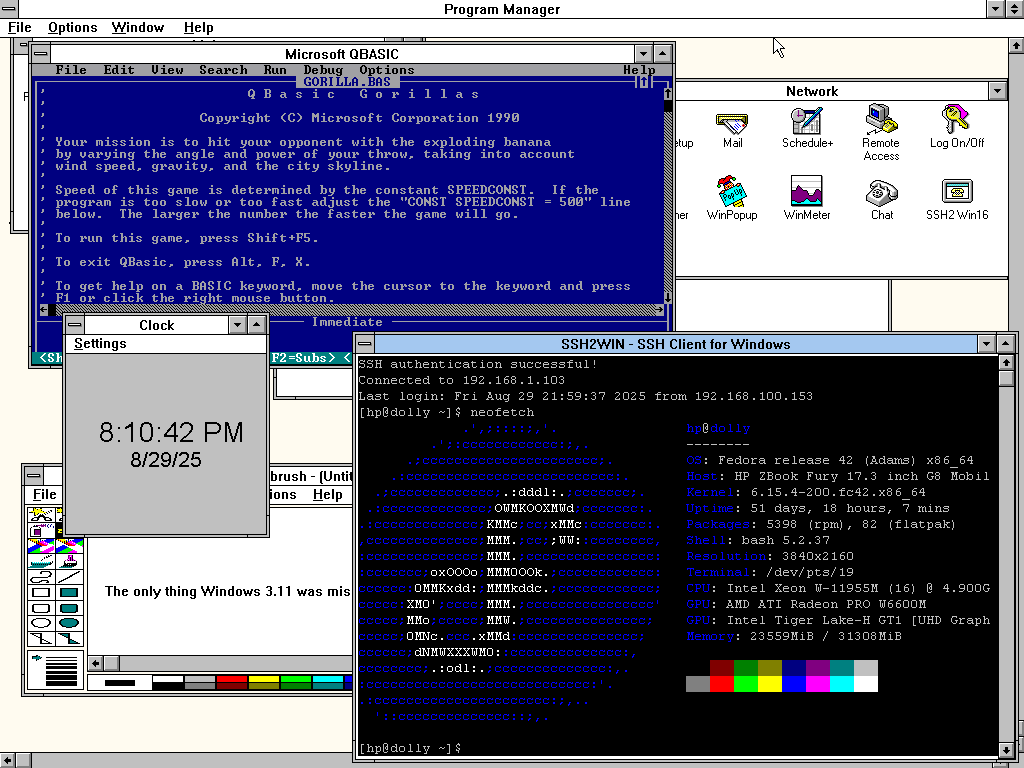Search results for tag #retrocomputing
Getting set up for another Interim Computer Festival! At my table I'll be taking about two C compilers for DOS - Turbo C++ 3.0 and Open Watcom 1.9. The 486 running Turbo C++ has both a VGA card and an MDA card for dual-head debugging.
I just published v0.98 of #jSH, a #JavaScript scripting environment for #MSDOS. This is the 'little' text-mode brother to #DOjS.
- updated curl, mbedTLS and zip
 boosted
boostedI'm going to be talking about C compilers and DOS at my next retrocomputing event and I'm going to hand out "quick reference" style cards to anybody that passes by. Here is my first draft; what am I missing that I should include?
(I'm targeting an index card for these, so space is limited.)
I'm going to be participating at the next Interim Computer Festival in Seattle in two weeks. Here is the banner for the table that I'm having printed.
October 4th and 5th, Seattle
Been working on a case for the tiny ALPS pen plotter mechanism. It takes 2.25” wide receipt roll paper. Electronics will go beneath. Might add a roll paper holder. Maybe a battery pack too?
My tiny plotter works! I finished most of the controller board last night. It’s running GRBL for ESP32 so I can send jobs over WiFi or BT. Still some clean up and tweaks to the case to make maintenance easier.
It follows B. Dring’s project from 2019 but modified for this tiny plotter.: https://www.buildlog.net/blog/2019/09/inktober-2019-project-post-1/
What should I name it?
I think I've finished building my tiny plotter. It consists of modular 3D-printed boxes that snap together in colors borrowed from the JLPGA edition of the PowerBook 170.
In the top is an ALPS DPG-1302 2.25" wide receipt paper plotter. In the middle section is the ESP32 and motor drivers. In the bottom is a 18650 battery pack with USB-C charger. Hanging off the back is a roll paper holder borrowed from the Commodore 1520 plotter.
I love these big chunky Radio Shack buttons. I got them years ago when they went out of business. The left one is latching on/off.
Edit: How could I forget the chromed panel mount power LED on the front 😍
This tiny plotter prints in four colors, weighs 0.6 kg, stands about 10 cm tall, is battery powered, and prints over WiFi using GRBL.
If it reminds you of your Atari 1020 you had, that's because ALPS made the plotter mechanisms and they use the same pens. The difference is my plotter uses the 2.25" wide variant and the Atari 1020 (and Commodore 1520, and many, many others) used the 4.5" wide type.
ALPS also made a 8.5" wide type that was used in many typewriter plotters. Yes, typewriters!
Got a vintage ALPS plotter? Two things you need to know.
1. The X/Y gears on the motor spindle are likely cracked. I had 3D printed versions available at Shapeways. Maybe they'll be available again soon? There's also brass ones too.
2. Pens are likely still available from Best Electronics in California. They have black and 4 color sets. They're NOS so it's a roll of the dice how long they'll work. Search for Atari 1020 pens.
Here we go again, #EuroBSDCon! I may have mentioned it, but it's really happening*: I'm giving a talk again, this time titled:
Dirty Tricks: Using #nginx and #Lua to thwart bots and skript kiddies
This talk is specifically for anyone who
- has tried to host a BBS on the Internet,
- is struggling with scrapers and bots,
- lives in the #RetroComputing bubble,
- wants to see an early '90s PC on stage,
- needs a telnet captcha, or
- simply has nothing better to do.
Read more about it here, take a look at the conference schedule, and buy your ticket!
See you there!
#FreeBSD #Security #BSD #RunBSD #DOS #RunDOS #TheDraw #AnsiArt
* I didn't want to post this until I was fairly certain I could even pull this off..
The #Hayes #Smartmodem had a separate data mode (in which bytes are sent/received over the phone line) and command mode (in which the computer sent commands to the modem itself).
Switching from command to data mode was simple: send the command `ATO`.
The reverse was more complicated. The modem would switch from data mode to command mode whenever the computer tried to send the special character sequence `+++`, with a delay before and after the sequence.
1/
TL;DR: ISA Matrox cards are really, really slow in DOS.
I recently built an original Pentium 60MHz system, built on an ECS motherboard. Around the same time I received a "mystery" VGA card: A Matrox MGA Impression ISA card. And since most of my builds are "open builds" and therefore easily accessible, that machine got the pleasure of becoming the test bench for the Matrox.
As already revealed, the Matrox performs atrociously bad. So bad, in fact, that I had to test a couple other ISA cards to make sure it wasn't a system issue. I used my go-to benchmarking tool #3DBench from Phil's DOS Benchmark Pack. I really don't want to experience Doom with this card..
And without further ado, the contestants and their results in this spur-of-the-moment benchmark run:
- Baseline: A 32-bit PCI S3 Virge/DX based card with 4MB RAM: A perfectly workable 48.2
- The low-end Trident TVGA9000C with 512KB RAM (this is a real garbage card): A pretty shitty 14.2
- The mid-range Cirrus Logic CL-GD-5422 with 1MB RAM (this is a decent card, know for compatibility but not necessarily speed): A barely bearable 24.7
- And finally, the "star" of the show, the Matrox: A whopping 10.9!
I said it was atrocious, didn't I? But hey, I'm gonna use this one with #OS2 anyway, so who cares about DOS performance, right? ;)
TL;DR: ISA Matrox cards are really, really slow in DOS.
I recently built an original Pentium 60MHz system, built on an ECS motherboard. Around the same time I received a "mystery" VGA card: A Matrox MGA Impression ISA card. And since most of my builds are "open builds" and therefore easily accessible, that machine got the pleasure of becoming the test bench for the Matrox.
As already revealed, the Matrox performs atrociously bad. So bad, in fact, that I had to test a couple other ISA cards to make sure it wasn't a system issue. I used my go-to benchmarking tool #3DBench from Phil's DOS Benchmark Pack. I really don't want to experience Doom with this card..
And without further ado, the contestants and their results in this spur-of-the-moment benchmark run:
- Baseline: A 32-bit PCI S3 Virge/DX based card with 4MB RAM: A perfectly workable 48.2
- The low-end Trident TVGA9000C with 512KB RAM (this is a real garbage card): A pretty shitty 14.2
- The mid-range Cirrus Logic CL-GD-5422 with 1MB RAM (this is a decent card, known for compatibility but not necessarily speed): A barely bearable 24.7
- And finally, the "star" of the show, the Matrox: A whopping 10.9!
I said it was atrocious, didn't I? But hey, I'm gonna use this one with #OS2 anyway, so who cares about DOS performance, right? ;)
Received these in the mail today. Haven't had a Norwegian OS/2 box since the early 90s! And the one on the right is the somewhat rare Norwegian "OS/2 2.1 for Windows 3.1" on CD-ROM - if it isn't on archive.org yet it will be soon. :)
Edit: Fixed alttext; only the 2.1 box is "for Windows", meaning they don't include Windows but use the license and files you presumably already have.
![[?]](https://pleroma.anduin.net/media/e42775318fd38a77b2c02300192e27e61861443424849feef9767918512fac8b.png?name=blob.png)





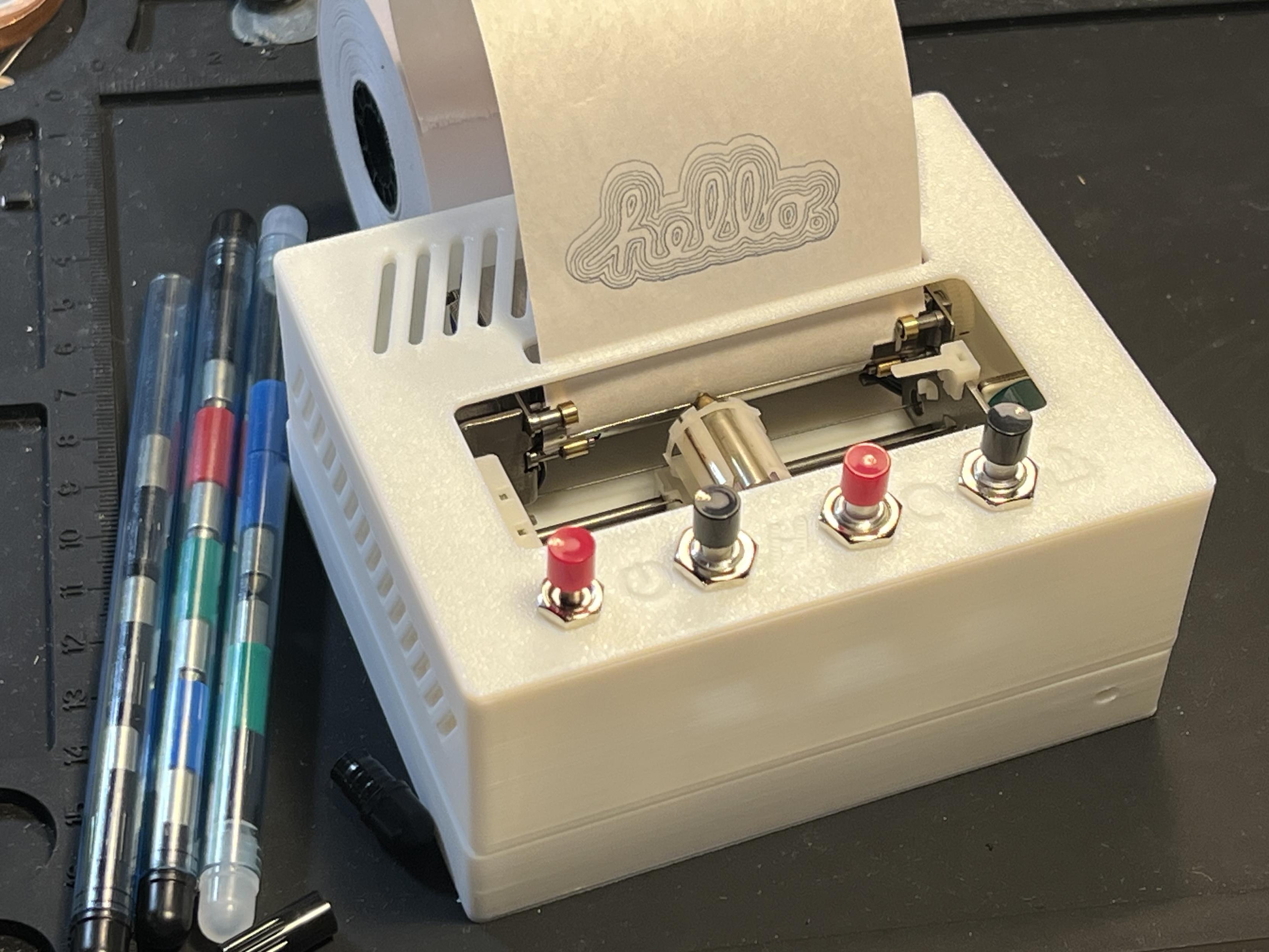
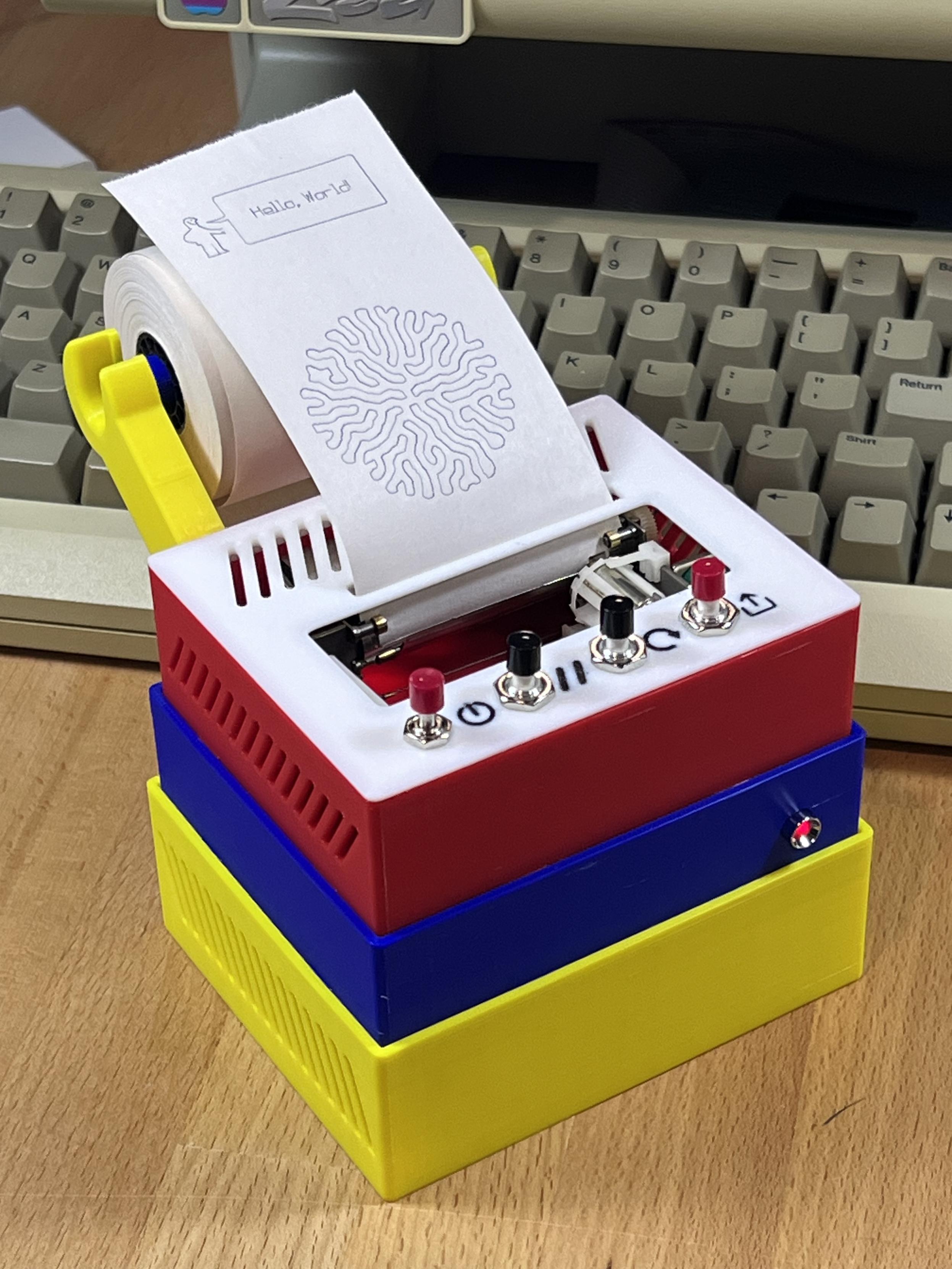
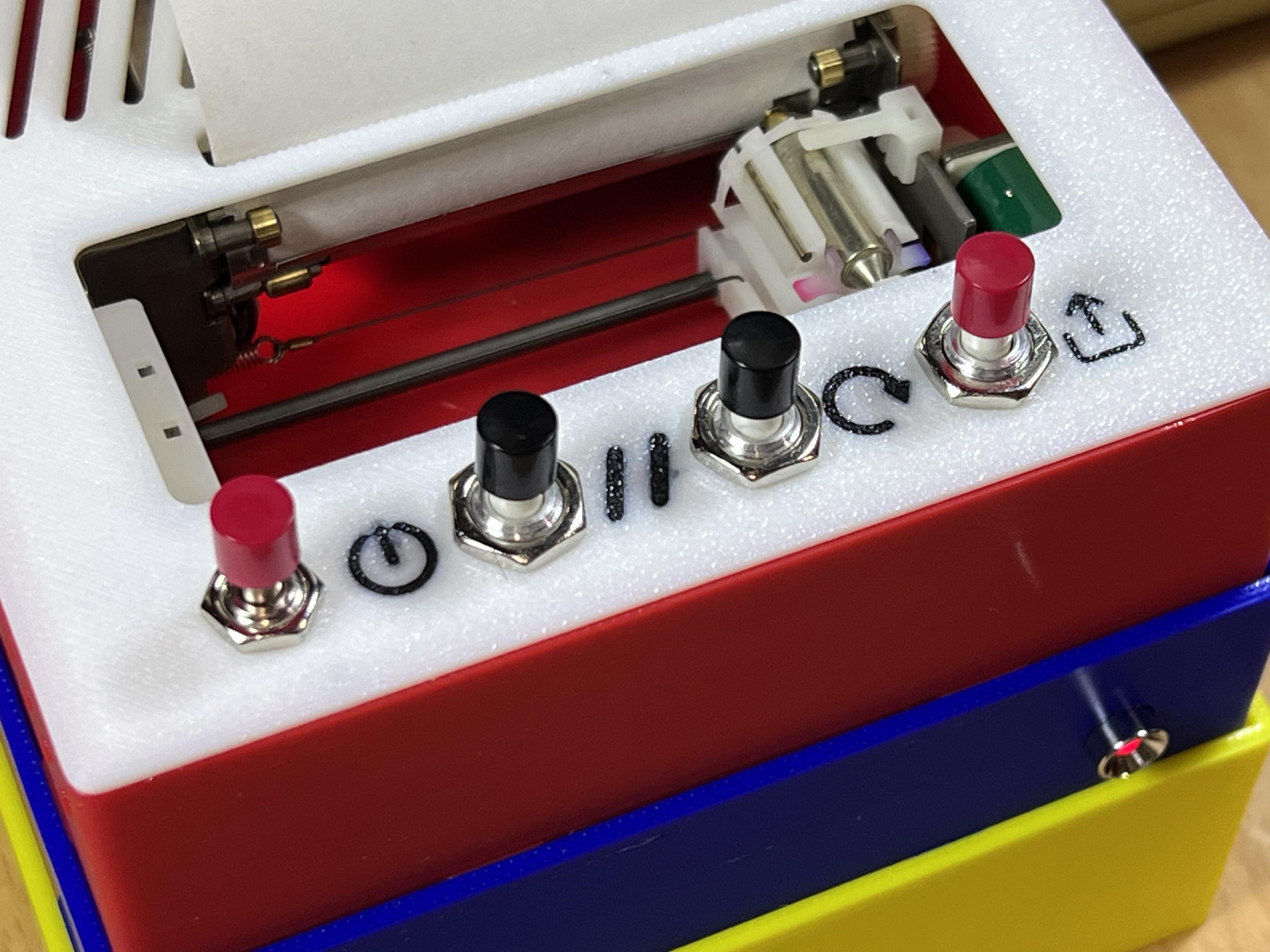



![[?]](https://weirdr.net/snac/ltning/s/271784d3d55493d08c915e5bb7862aaf.jpeg)

